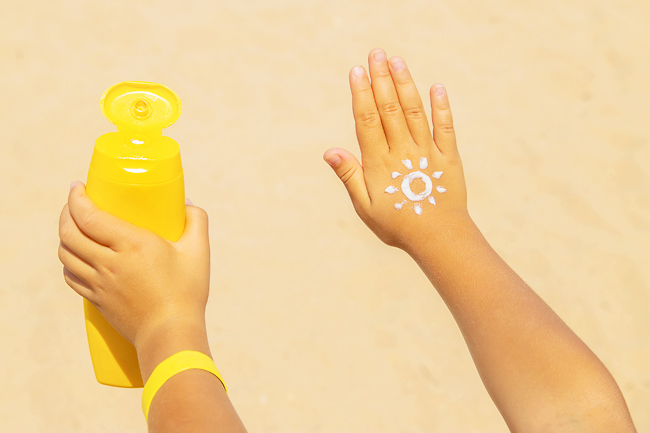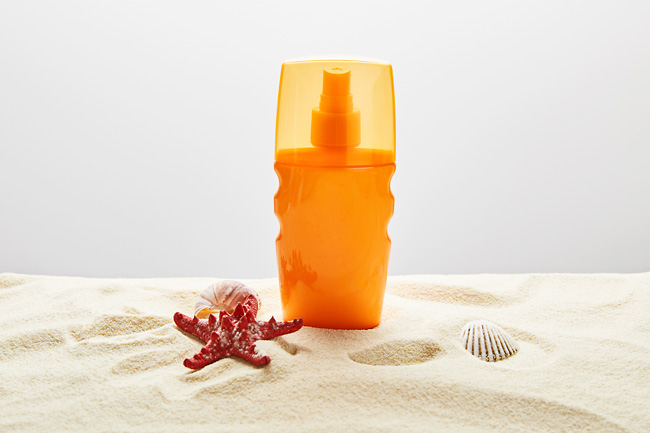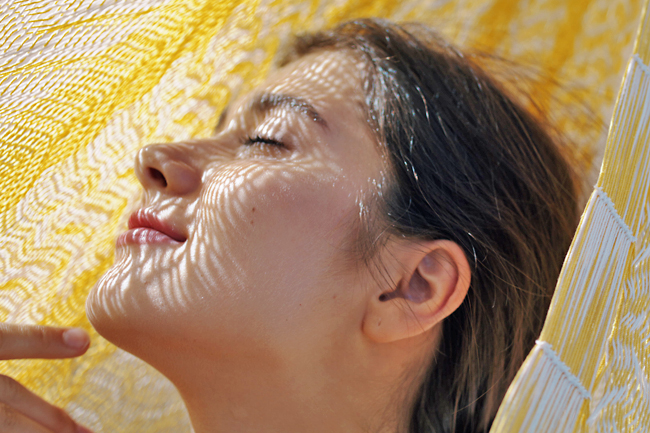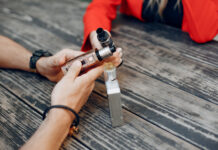There’s been a noticeable spike in skin cancer cases among fair-skinned folks around the world according to the World Health Organization, and it’s largely due to too much ultraviolet (UV) radiation from the sun and artificial sources like sunbeds.
Studies reveal that how you expose yourself to the sun plays a huge role in your risk for UV damage.
Out of sheer curiosity, I decided to check out what the UV Index was for Brunei-Muara District. Around 1pm, it hit its peak intensity.
To that end, it’s taken me over 30 years and forming a close bond with a skincare enthusiast to truly grasp the importance of applying sunscreen or sunblock. In today’s world, with skin cancer prevention at the forefront, it’s become evident just how significant this step is.
SKIN SAVIOUR
Sunscreen or sunblock is a must-have in everyone’s skincare routine, especially for those living in sunny climates like here in Brunei or spending ample time outdoors.
While many of us enjoy basking in the sun’s warm glow, it’s crucial to remember that prolonged exposure to UV radiation can have detrimental effects on our skin, ranging from premature aeging to an increased risk of skin cancer.
So, what exactly is UV radiation, and why is it harmful? UV radiation is a type of electromagnetic radiation emitted by the sun. There are three types of UV rays: UVA, UVB, and UVC. UVA and UVB rays are the ones that reach the Earth’s surface and can cause damage to our skin. UVA rays penetrate deep into the skin, causing premature ageing, while UVB rays primarily affect the outer layers of the skin, leading to sunburn and an increased risk of skin cancer.
This is where sunscreen or sunblock comes into play.
These products work by either absorbing or reflecting UV radiation, providing a protective barrier for your skin.



Sunscreens typically contain active ingredients like avobenzone, octocrylene, or zinc oxide, which absorb UV radiation, while sunblocks contain physical blockers like titanium dioxide or zinc oxide, which reflect UV radiation away from the skin. Applying sunscreen or sunblock should be a non-negotiable step in your daily skincare routine, regardless of the weather or season. Even on cloudy days or during the winter months, UV radiation can still penetrate through the clouds and cause damage to your skin.
Therefore, it’s essential to apply sunscreen or sunblock every day, even if you don’t plan on spending much time outdoors.
COVER ALL BASES
But how exactly should you apply sunscreen or sunblock for maximum effectiveness? The key is to apply it generously and evenly to all exposed areas of your skin, including your face, neck, ears, arms, and legs.
Don’t forget those often overlooked areas like the tops of your feet, the backs of your hands, and your scalp if you have thinning hair or are bald. Ideally, you should apply sunscreen or sunblock at least 15 minutes before going outside to allow it to fully absorb into your skin.
Remember to reapply every two hours, or more frequently if you’re swimming or sweating heavily. Water-resistant formulas can offer added protection for those who enjoy water activities or live in humid climates.
FINDING THE RIGHT FIT
Choosing the right sunscreen or sunblock for your skin type and needs is also essential.
If you have sensitive skin or are prone to breakouts, opt for a sunscreen or sunblock that is labelled “gentle” or “non-comedogenic” to minimise the risk of irritation or clogged pores.
When it comes to shielding our skin from UV rays, you also need to note that there are two main types of sunscreen – mineral and chemical.
On the one hand, mineral sunscreens create a barrier on the skin’s surface, deflecting UV rays without delay. But their visible white cast and easy rub-off mean you need to reapply often. On the other hand, chemical sunscreens absorb into deeper skin layers, converting UV rays into heat. They’re thinner and less visible, but take 20 minutes to kick in and may not shield against all UVA rays.
Recent FDA concerns about chemical sunscreens entering the bloodstream have also raised questions about their safety, especially oxybenzone’s potential health risks and environmental impact.
Today, consumers have a diverse array of sunscreen options to choose from, ranging from traditional creams and lotions to innovative stick formulations. These different formats cater to varying preferences and lifestyles, offering versatility in application methods.
Sunscreen creams provide a classic, hydrating formula that absorbs easily into the skin, making them ideal for daily use. Gels are ideal for oily skin types and areas with more hair, like the scalp or male chest. On the other hand, sunscreen sticks offer convenient, mess-free application, making them an excellent choice for on-the-go protection, especially for sensitive areas like the face and ears. With a broader range of sunscreens on the market, people can discover the ideal formula that caters to their individual needs and preferences.
It’s essential to consider the pros and cons of each option to ensure effective protection against harmful UV rays.
In addition to protecting your skin from UV radiation, sunscreen or sunblock can also help prevent sunburn, reduce the risk of skin cancer and delay signs of aeging such as wrinkles and dark spots.
By making sunscreen or sunblock a staple in your skincare routine, you’re not only taking care of your skin now but also investing in its long-term health and vitality.
So, the next time you step outside, don’t forget to reach for that bottle of sunscreen or sunblock and slather it on generously. – Izah Azahari



















































